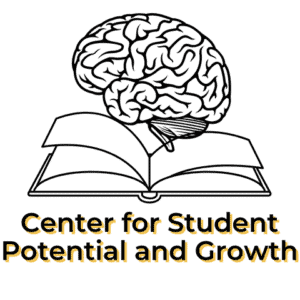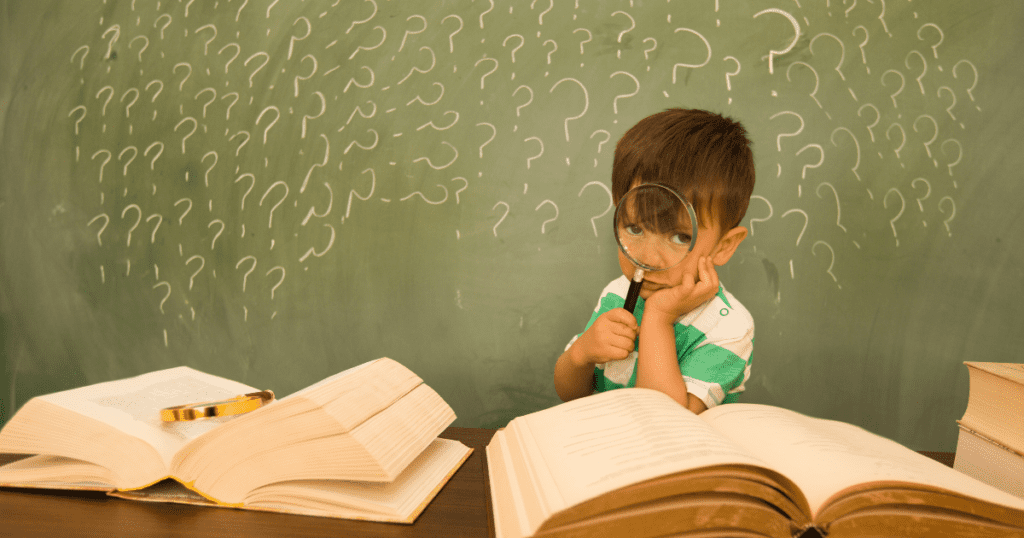
While any student can face challenges with learning in school, students with learning disabilities have more difficulty.
A student with learning disabilities lacks specific skills to successfully “do school.”
A learning disability can impact students’ skills and ability to keep up in class. Learning disabilities can also negatively impact a student’s self-esteem and behavior. Lack of support also affects students with learning disabilities.
Students with learning disabilities can be vulnerable in class, and teachers may not readily identify a learning disability. We will discuss the challenges that students with learning disabilities face in class.
1. Classroom Transitions Can Be Difficult
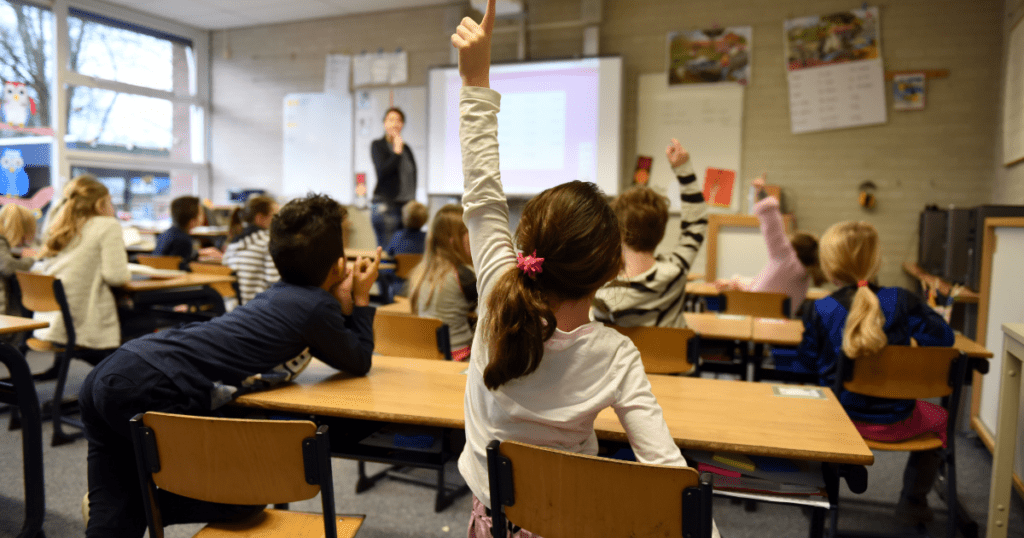
Students with learning disabilities may not show the learning behaviors needed in class. Behaviors such as organizing materials, managing time, or sustaining attention are important in class.
In my experience, students begin increasing transitions as early as 4th grade. Students have to switch classes and may have up to six or seven teachers.
Students experience subject transitions in class every 30-45 minutes.
Transitions can be overwhelming for a student with organizational difficulties. They may need to keep track of transporting materials from class to class. They may also need to remember materials for each of their specials, which can be different each day of the week.
Students may need to catch up with their work and frequently turn in incomplete classwork, which leads us to our next point of students not keeping up with expectations.
2. Challenges With Keeping Up With Work
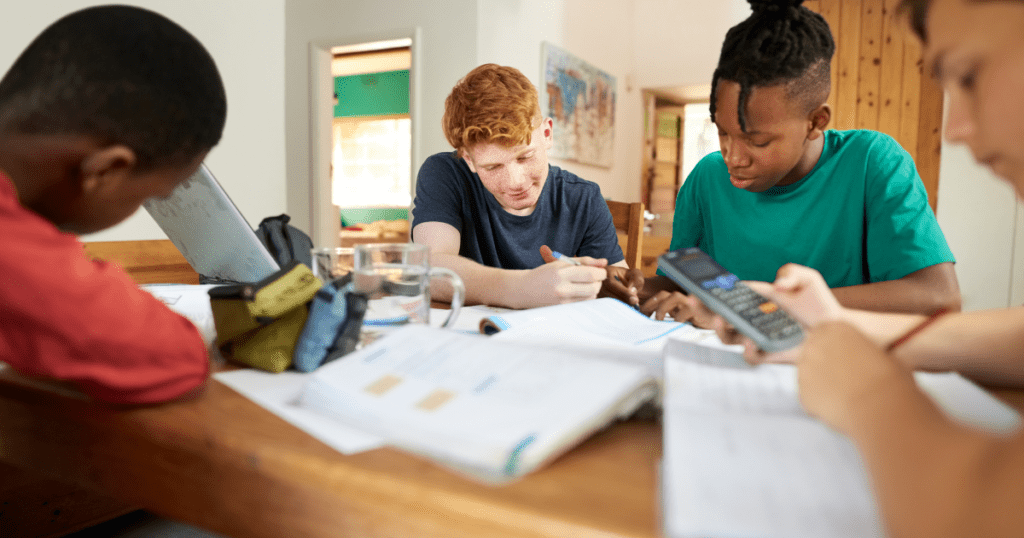
Students with learning disabilities may not have the reading, math, or writing skills they need to do their classwork.
Learning disabilities can negatively affect reading, math, and writing skills. Learning disabilities also impact students thinking, information processing, and communication abilities.
If a student has a reading disability, such as dyslexia, it may take them longer to read assignments. They may also need someone to read the assignments to them.
Students with undiagnosed learning disabilities may have the exact work expectations in class as other students.
Students with learning disabilities in class usually need extra time to complete assignments. They are also more prone to have extra homework to complete tasks not completed in class.
Falling behind can result in classwork piling up. Extra work can be discouraging and frustrating for students. This is especially the case if they try hard to keep up with the classwork.
Students with learning disabilities may also receive recess detentions to make up unfinished work.
A student with a learning disability often works twice as long and as hard as their peers. This work is usually without the same rewards (good grades, understanding work, etc.).
Next, we will discuss how this extra effort/low reward can impact a student’s self-esteem.
3. Students Experience Decreased Self Esteem
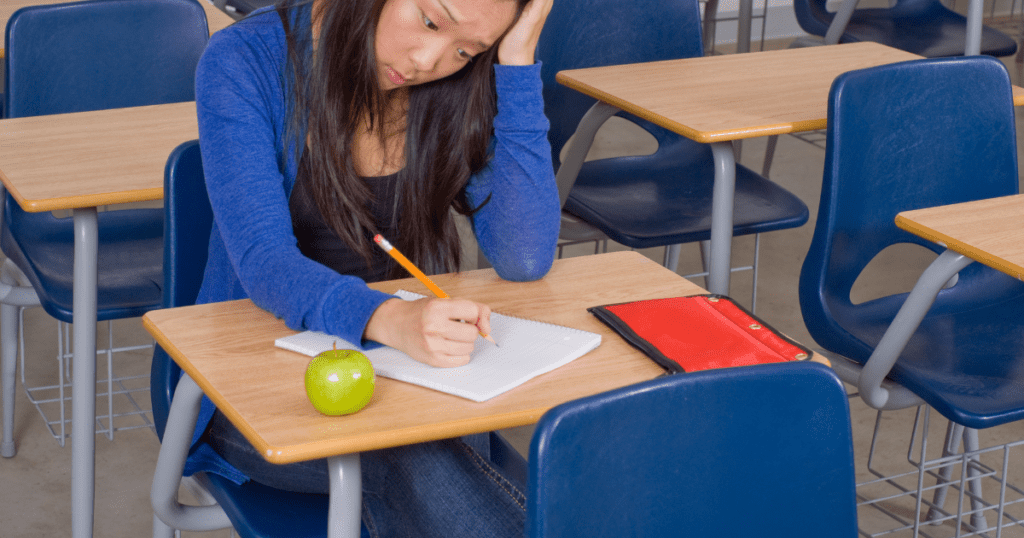
My son and I spent many nights at the table doing hours of homework and studying for tests. Yet, our time did not translate into better grades or high test scores.
Over time, this increased effort yielded few rewards and impacted his self-esteem.
He was frustrated because he did not earn high marks on his tests. He would have less time for fun activities because he spent so much time doing schoolwork.
In the classroom, students with learning disabilities can experience defeat every day. They may see that they don’t understand the work like their peers. Students may also see they are far behind their friends and begin to feel down on themselves.
Students who feel insecure about their abilities may not participate in class. A student with a learning disability may be at increased risk of depression. They can experience anxiety about classroom performance or fear of sharing their answers.
Often, students with decreased self-esteem can engage in avoidance behaviors. Avoidance behaviors such as asking to go to the nurse or bathroom may increase.
When a student’s needs are not met, this can lead to behavior problems in class. Let’s discuss how learning disabilities can impact student behavior.
4. Demonstrating Increased Behavior Problems
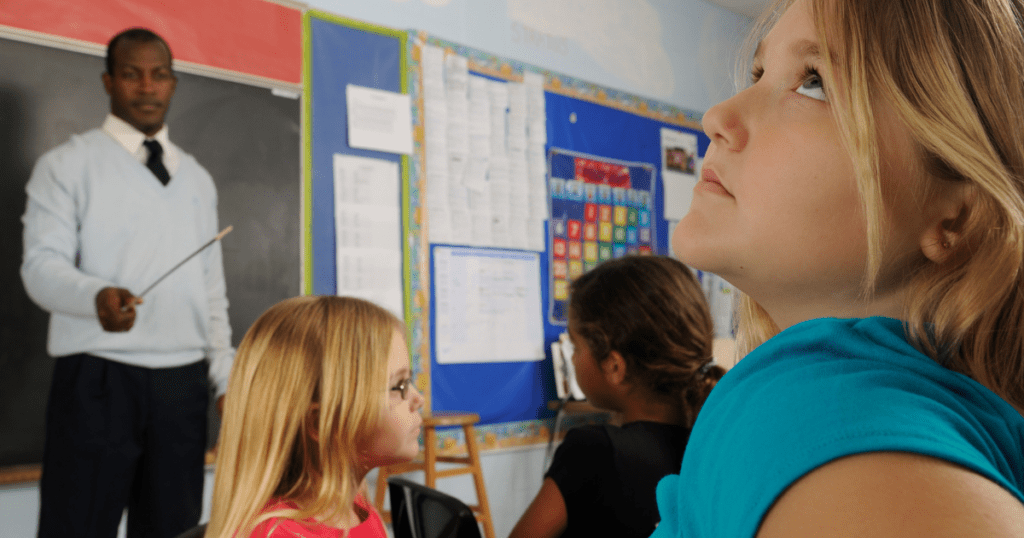
Students with learning disabilities may begin to act out in class.
Students may become disruptive or argue with teachers in class. They may engage in work refusal.
Behavior challenges are not unique to students with learning disabilities. But, students who struggle with learning are at increased risk of behavior problems.
For example, a student may have a hard time in math class. In math class, the teacher often calls students to the board to complete a problem in front of everyone.
A student can avoid being called in front of the class. They may start to engage in disruptive behaviors.
When students engage in disruptive behaviors, they are sent to the time-out space in the back of the room. This cycle may play out each day during math class.
Continued work avoidance (disguised as disruptive behavior) leads to a further lack of instruction. This cycle further increases the skill gap.
Over time, this student’s behavior continues and can result in severe consequences. These consequences can result in out-of-school suspensions.
Finally, we will discuss how the lack of support for learning disabilities impacts the classroom.
5. Lack of Support for Individual Student Needs
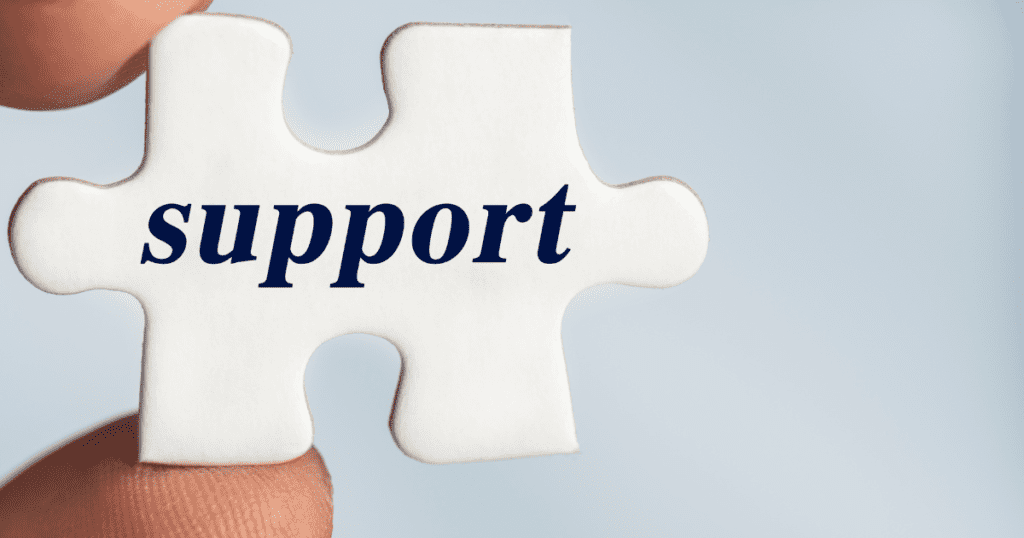
Students with learning disabilities need more support than their typically performing peers.
Within a typical classroom, these supports may be lacking. There can be challenges with needing more teachers to provide extra support.
The teacher may not know how to help a student with a learning disability.
The structure (environment and learning material) may not address a student’s needs. A student may need specific services to learn in class.
The school team must evaluate a student to receive services. There are specific criteria to be eligible for assistance. If the student is eligible, they will design an individual education program. An individualized education program outlines a student’s particular needs so they can learn.
Conclusion
Students with learning disabilities face unique challenges in the classroom. Learning behaviors such as organization and time management are needed. The student also needs reading, math, and writing skills to keep up in class. Over time, a student’s social-emotional and behavioral functioning can decline with appropriate support.
How The Center for Student Growth and Potential Can Help
If you suspect your child has a learning disability, we can help. An independent educational evaluation can identify specific learning strengths and weaknesses. We provide independent educational evaluations for any age learner in Ohio.
To learn more about scheduling an evaluation, call or text us at 216-273-6020 or email us at info@potentialandgrowth.com.
